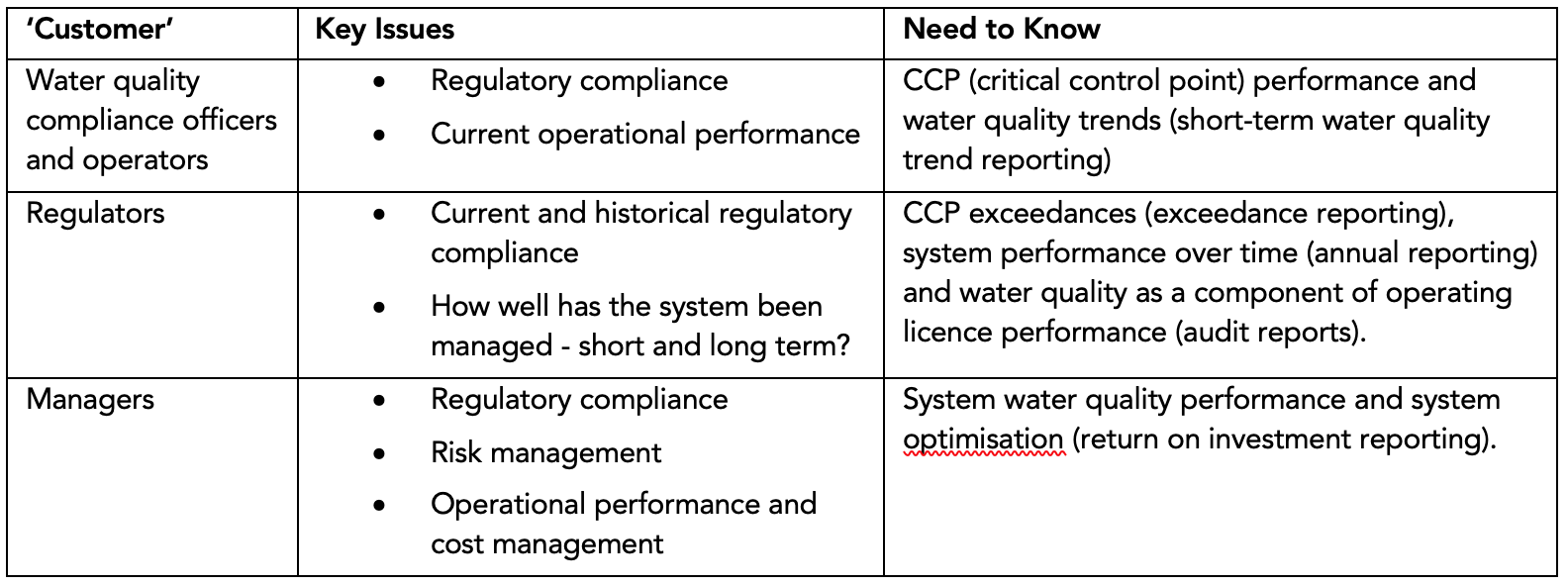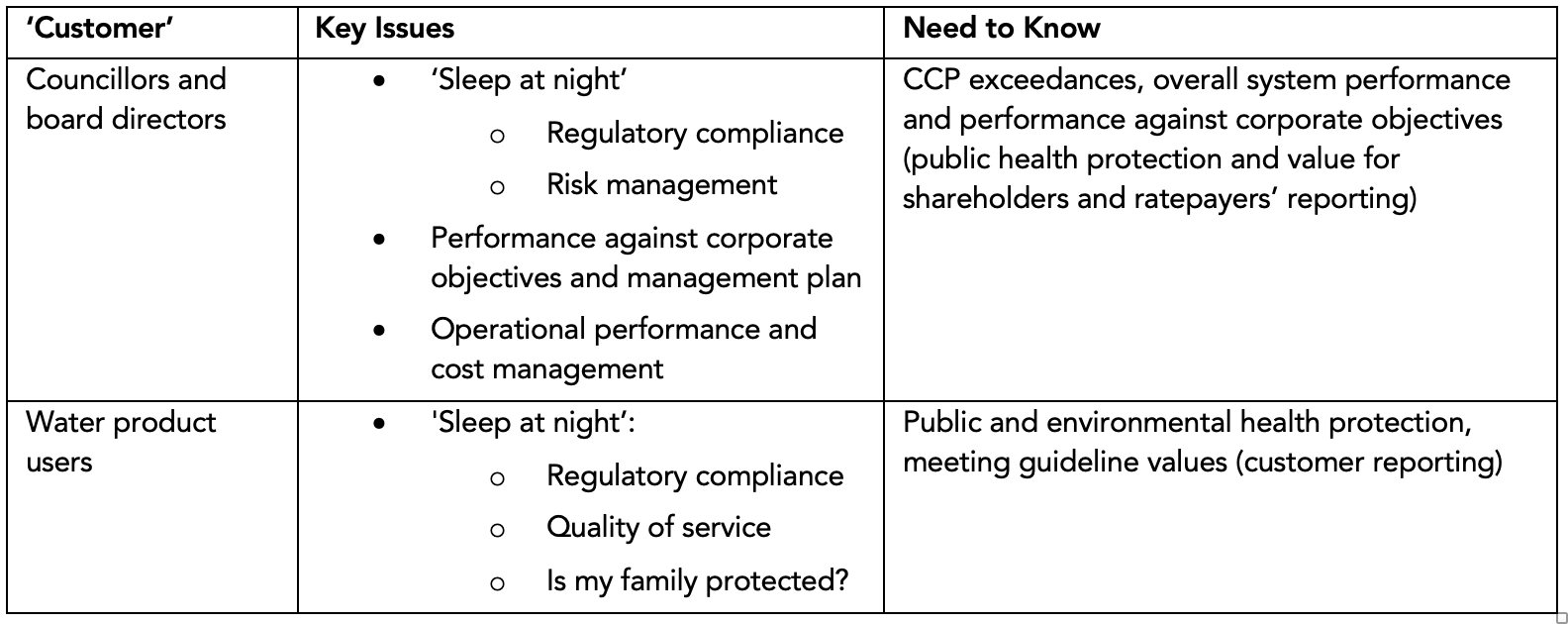 …..an explosive noise: the ‘report’ of a rifle.
…..an explosive noise: the ‘report’ of a rifle.
…..an account or statement describing details or observations of an event, situation or other
 A document plops into your inbox, you’re about to present these water quality results to your board, you’ve been waiting for them all day and you need to understand the content quickly.You’re hoping for the latter definition of report, but do you feel like you’ve just received the former? Here we look at what makes a good report, in particular, for water quality.
A document plops into your inbox, you’re about to present these water quality results to your board, you’ve been waiting for them all day and you need to understand the content quickly.You’re hoping for the latter definition of report, but do you feel like you’ve just received the former? Here we look at what makes a good report, in particular, for water quality.
What makes a good water quality report?
A good water quality report should:
- Be concise and address a particular purpose.
- Be ‘digestible’ for a particular audience.
- Contain meaningful, value-adding information and not just a sea of water quality data.
- Help the reader find the information that is relevant to them, rapidly and effortlessly.
- Start with the customer and work back.
So, who is the customer?
Water quality has many stakeholders, so before you get cracking on your report, we need to know who the report’s ‘customer’ will be, there may be a wide audience – so how do we get it right?
Water quality stakeholders vary from corporate to coalface[i], depending on the operating context. Our report’s customers could include local government councillors, board directors, CEO’s general managers, regulators (health, utility, and environmental), water, and sewer managers, water quality compliance officers, operators and end users – all with differing urban water literacy.
[i] Davison et al (2011) Duties and obligations of directors in public utilities. How well do you understand water quality? Water (Journal of the Australian Water Association) Volume 38(7): 44-46.
What will the report’s audience want to see?
You’ll need to understand how you can get the message across to your customer without losing the accuracy of the content. You’ll also need to know the preferred format for the customer – including their urban water literacy and other cultural and socio-economic factors. Why automatically go to a written document when an infographic, photograph, audio file or video could work equally or better?
Was it effective?
And finally – how do you know that your water quality report was effective? Don’t let your ego get in the way of communication – just because you’re a great scientist, it doesn’t automatically make you a great report writer. Testing your format and seeking feedback should both be part of the reporting process and used to improve the way that you undertake your water quality reporting. Make sure you’ve turned the water quality data not just into information, but ended up with the knowledge to better manage your water supply system.
(C) Annette Davison – originally published with permission at d2kinformation.com
Bios:
Annette Davison
Annette is a sought-after risk and auditing expert, with over 30 years’ experience in the industry, having worked for a range of companies and regulators. Annette holds three degrees (BSc(Hons), MEnvLGovLaw and a PhD) and has a background in microbiology and environmental law. She is the director and founder of two companies, Risk Edge Pty Ltd and the water quality monitoring and information start-up, D2K Information Pty Ltd.
E: annette@riskedge.com.au or annette@d2kinformation.com
M: +61 411 049 544
W: riskedge.com.au or d2kinformation.com
Phil Krasnostein
Phil is a chemical engineer with more than 40 years of technical and management experience in a range of process and engineering based industries. Phil is the director and founder of two companies, Optimos Solutions Australia Pty Ltd and the water quality monitoring and information start-up, D2K Information Pty Ltd.
E: phil@optimos.com.au or phil@d2kinformation.com
M: +61 409 359 155
W: optimos.com.au or d2kinformation.com

